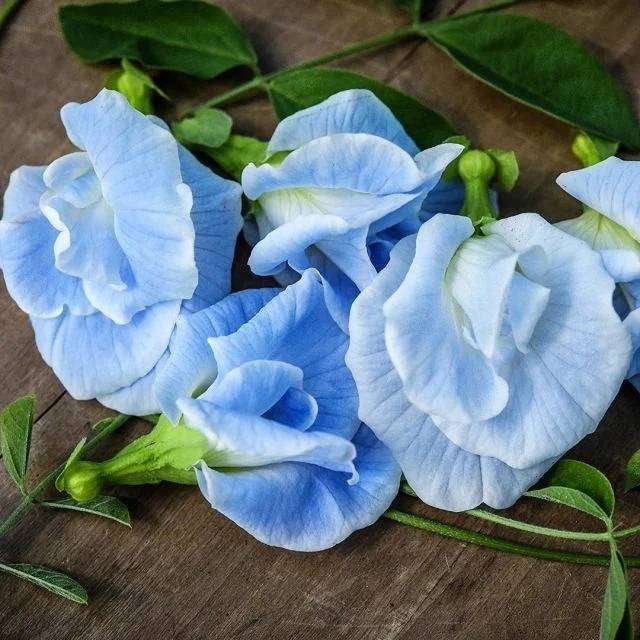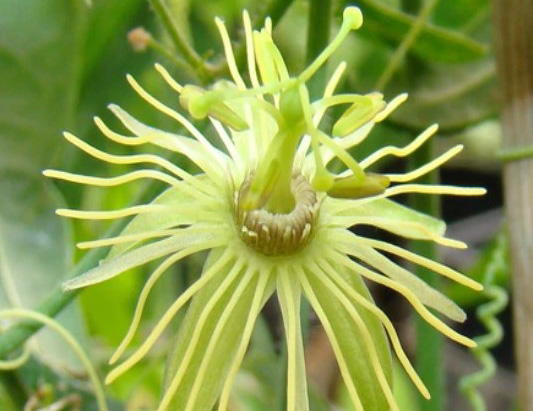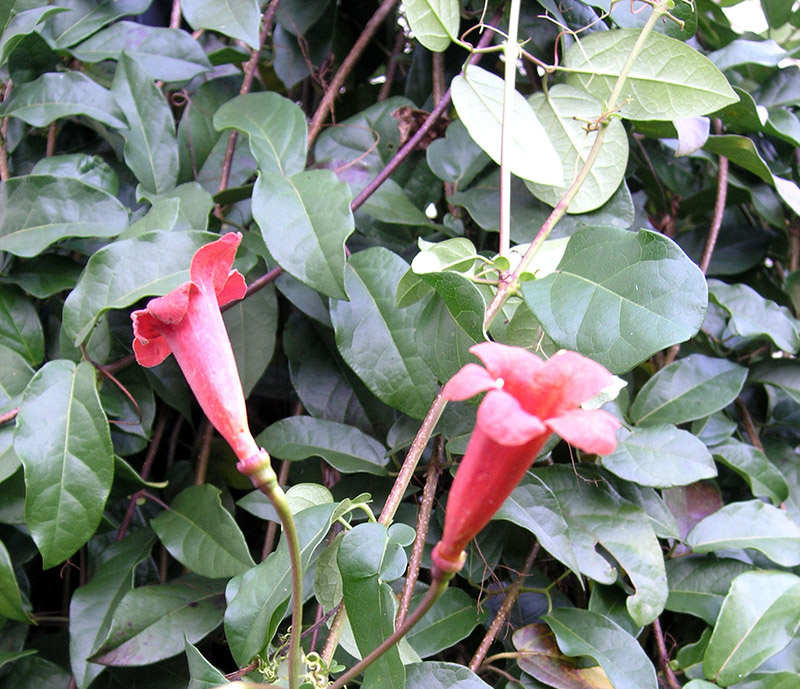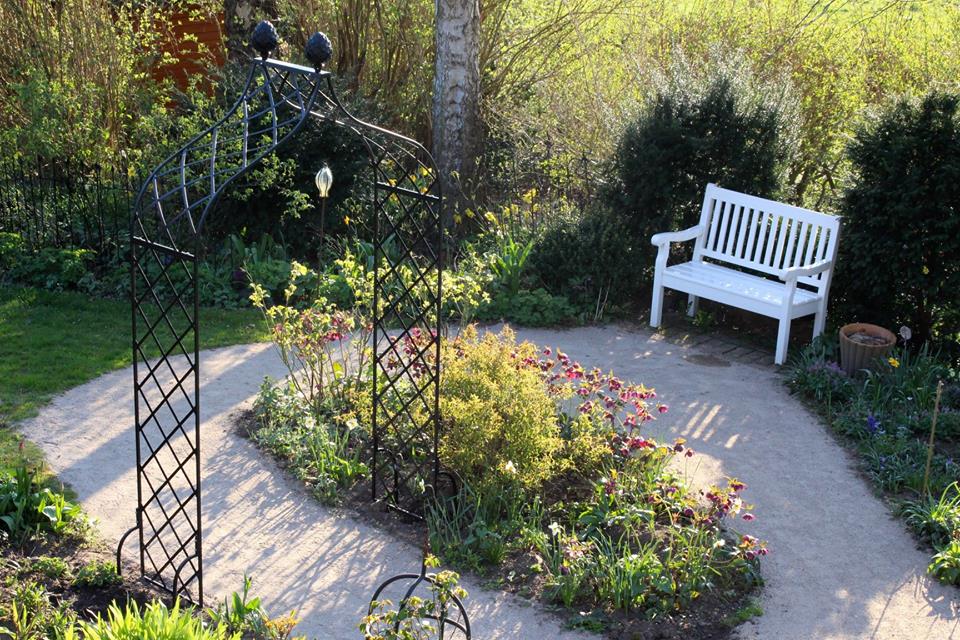Although one often thinks of a garden arch clothed in climbing roses, there are many beautiful flowering vines that require much less maintenance. You can have stunning blooms all summer with no pruning, no spraying, and no fertilizing, and at very little cost! Growing annual vines from seed is a fantastic way to make a colorful splash in your garden, and remarkably easy as well.
Flowering Vines to Grow From Seed
We've put together a list of our favorite flowering vines that you can grow from seed with a minimum of effort--perfect to quickly decorate your arch, trellis, pillar or obelisk. You can plant one of these on the opposite side of a smaller arch while you're waiting for your perennial vine or climbing rose to fill in. Most of these grow fast enough to be an effective seasonal screen . They can also grow well on trellises in large planters--if you need privacy on a balcony, for instance.
The most enjoyable aspect of using annual flowering vines on your arch or trellis is that you can try different varieties every year, for even more excitement in your garden! They're the perfect way to add height and color, with a minimum of expense and effort. Several of these seed-grown flowering vines are also edible, providing added benefit.
Moonflower Vine (Ipomoea alba): Flowering Vine with Fragrant Flowers

Cardinal Climber and Cypress Vine (Ipomoea spp.): Showy Red Flowering Vines for Hummingbirds
Hyacinth Bean (Dolichos lablab or Lablab purpureus): Flowering Vine with Showy Flowers and Seed Pods
Scarlet Runner Bean (Phaseolus coccineus): Edible Flowering Vine
Climbing Nasturtium (Tropaeolum majus): Flowering Vine for Poor Soil and Cooler Summers
Butterfly Pea (Clitoria ternatea)
Morning Glory Vine (Ipomoea tricolor, I. nil, I. purpurea): Old-Fashioned Favorite Flowering Vine to Grow from Seed
Growing Tips for Seed-Grown Flowering Vines
- Use plantable pots for starting seed, like our Go-Grow Kits, to reduce root disturbance. Some plants, like moonflowers for instance, will suffer setbacks due to root disturbance when transplanting. Plantable pots remove that worry and allow you to start your seeds inside, which may bring blooms many weeks earlier versus direct sowing.
- Scarifying seeds with hard seed coats aids in germination. Nick the seed coat with a nail file or similar implement, or scar lightly with sandpaper.
- Soaking the seed overnight in wet paper towels, alone or combined with scarification, speeds germination.
- Germinate and grow seedlings indoors in temperatures about 65 to 70 degrees--cooler temps will impede growth.
- Transplant once all danger of frost is past, and protect in the event of unanticipated cold weather.
- Keep transplants moist while rooting in. Once new growth commences water as needed to prevent wilting. Like excess nitrogen, too frequent watering may reduce blooms.
- Collect seed heads for planting the following year once the seed pods are mature--dry and brown. Beans and moonflowers will form large, easily noticeable seed pods--you'll have to look a little closer for the others.
Renee's Garden: reneesgarden.com
Baker Creek Heirloom Seed Co.: rareseeds.com


























